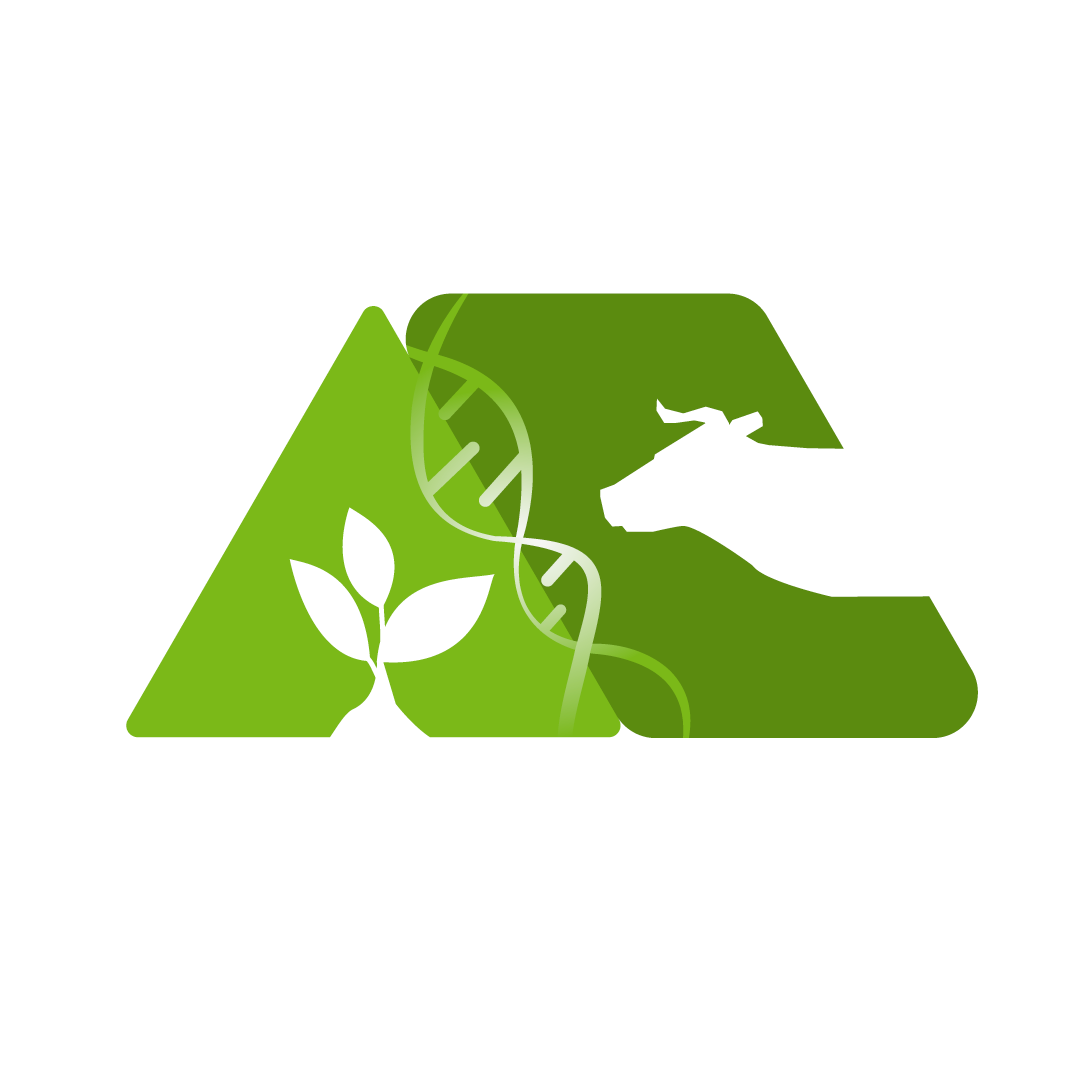



Editorial
Old problems, new challenges in plant health
Viejos problemas, nuevos desafíos en la sanidad vegetal
Velhos problemas, novos desafios em fitossanidade
Agrociencia Uruguay
Universidad de la República, Uruguay
ISSN: 1510-0839
ISSN-e: 2301-1548
Periodicity: Bianual
vol. 24, no. 2, 2020
Received: 20 August 2020
Accepted: 31 August 2020
Published: 09 September 2020

In the context of the International Year of Plant Health, it is important to re-emphasize the value of healthy agricultural production. Theophastus of Lesbos (ca 371-287 B.C.)(1) and centuries later the Roman Pliny (23-79 A.D.)(1) had already shown concern about plant diseases, which they interpreted as magical responses. It took a long time to have an objective understanding, supported by the contribution of tools that allowed to achieve new knowledge. At the same time, the numerous limitations that generated wrong interpretations of the observed symptoms had to be overcome. Fortunately, XVIII and XIX century discoveries, abandoning the theory of the spontaneous generation (Spalanzzani, Pasteur, among others(1)) and recognizing that microorganisms cause diseases (Tulasne, de Bary, Beijerinck, Ivanowski(1)), led to the beginning of phytopathology. But there is no doubt that the rapid development of Molecular Biology and Biotechnology over the past 20 years has substantially transformed the perspective of research in Phytopathology. Thus, the methodologies to manipulate disease resistance in plants have expanded due to improvements in understanding defense mechanisms and to the possibility of genome manipulation. The identification of key sites related to defense responses in pathogen-host interactions will allow to design lasting resistance strategies for an important set of plants.
It is worth remembering the contribution of biological disease control methods. This is an environmentally friendly method that allows keeping pathogen populations below the contamination threshold levels. Progress has also been made in understanding molecular processes concerning inter-organism relationships, chemical characterization of participating metabolites, as well as their operational implementation. But this method of control is still less competitive than synthesis products, of known effectiveness, either because of the pressure they exert or because biological formulations still require developing a greater degree of stability and survival.
On the other hand, all scientific advances, achieved and to be achieved, should be considered to be applied in an ecologically designed context in order to avoid risky improvisations by giving immediate solutions in disease management. Developing long-term programs to ensure a health-recognized production will allow the opening of better possibilities for the country.
Finally, we must not forget that it is imperative to collaborate in generating new strategies to meet the food demand of an increasingly large world population, where a significant proportion is the least favored.
Losses caused by deterioration and intake limitation of some foods, given that some pathogens are also toxicogenic, should tend to an asymptotic reduction in an ecologically sustainable manner, as resource management and disease control are improved.
It is expected that, with responsible optimism, this path can lead to auspicious results.
New contributions will take place and will be an important input to continue reflecting and advancing the only safe terrain that is continuous scientific research.
Therefore, phytopathology remains an expanding discipline full of important perspectives and challenges that requires close communication between scientists.

References:
1. Ainsworth GC. Introduction to the History of Plant Pathology. Cambridge: Cambridge University Press; 1981. 315p.
Alternative link
http://agrocienciauruguay.uy/ojs/index.php/agrociencia/article/view/391/341 (pdf)

